Potter's Field Cemetery
Introduction
Text-to-speech Audio
Potter’s Field Cemetery is a five-acre cemetery located along 5000 Young Street in the northern region of Omaha, Nebraska, adjacent to Forest Lawn Cemetery. Contrary to its neighboring graveyard that hosts the wealthiest deceased, Potter’s Field acts as the final resting place of the homeless, destitute, unknown, and generally forgotten population. Those who were criminal, mentally ill, stillborn, had no family to claim them, or were too poor for a proper funeral rest in this cemetery. The site is home to almost four-thousand burials with over a thousand children under the age of two, over four hundred stillborns, one hundred seventy unnamed infants, and hundreds more. Of these lost souls, only sixteen have gravestones, and only ten retain their inscriptions today. In this small handful of markers is the infamous grave of William Saunders “Will” Brown, an African-American meatpacking employee who fell victim to the Omaha Race Riots of 1919 as a target of mob violence.
Images
The official marker of the Potter's Field Cemetery documenting its history.
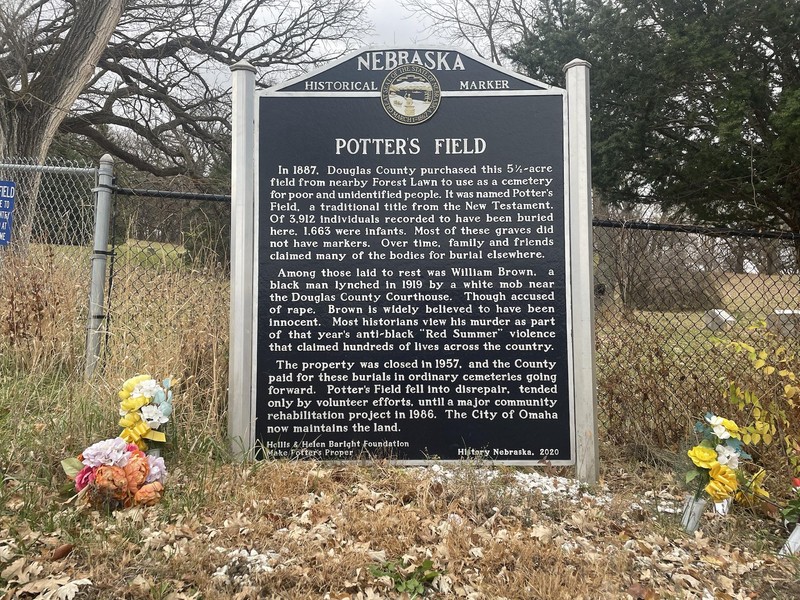
An additional sign for the cemetery posted outside its fencing. With very little driving directions available for visitors, passersby may take notice of this sign down Young Street.
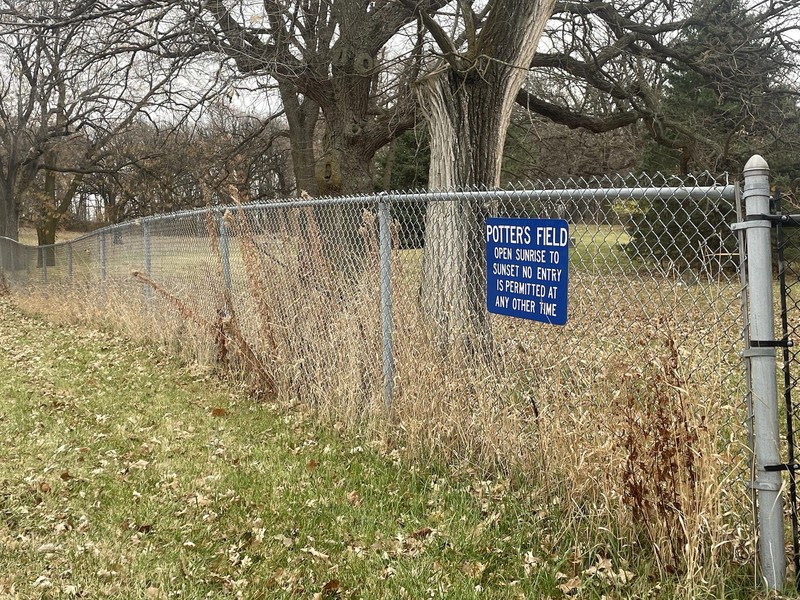
The gateway and only entry into Potter's Field Cemetery. With no established parking space, visitors may park on a plot of dirt located in front of the entrance.
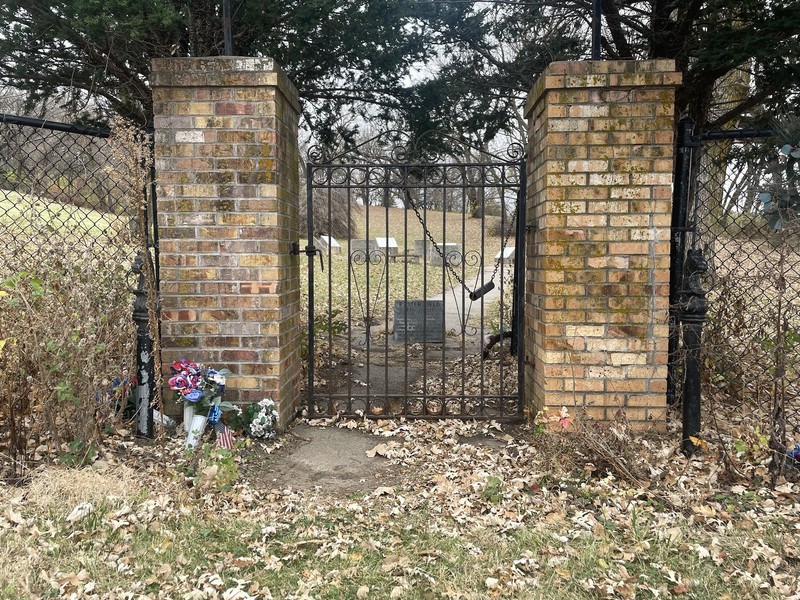
An epitaph written by former Douglas County Sheriff Richard E. "Dick" Collins, established in the 1986 community restoration to pay reverence to the memory of the deceased.
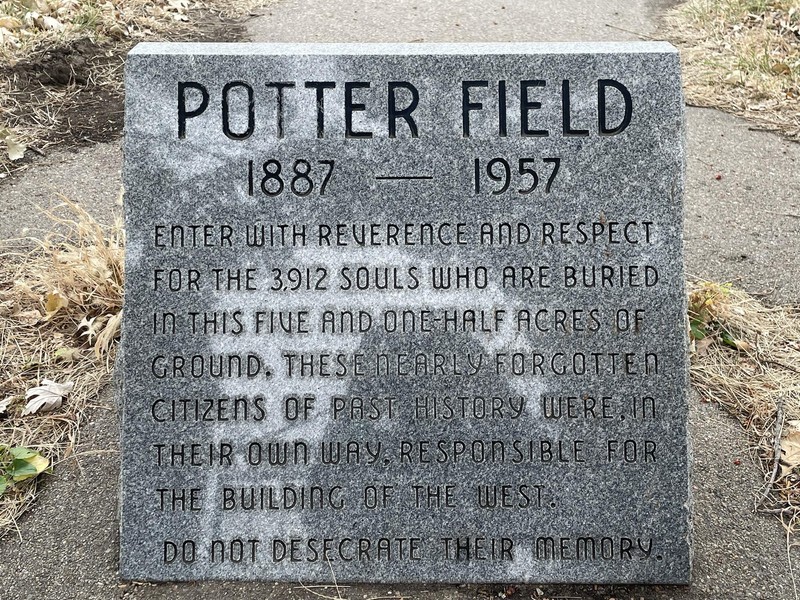
Epitaph by Richard E. "Dick" Collins, former Douglas County Sheriff.
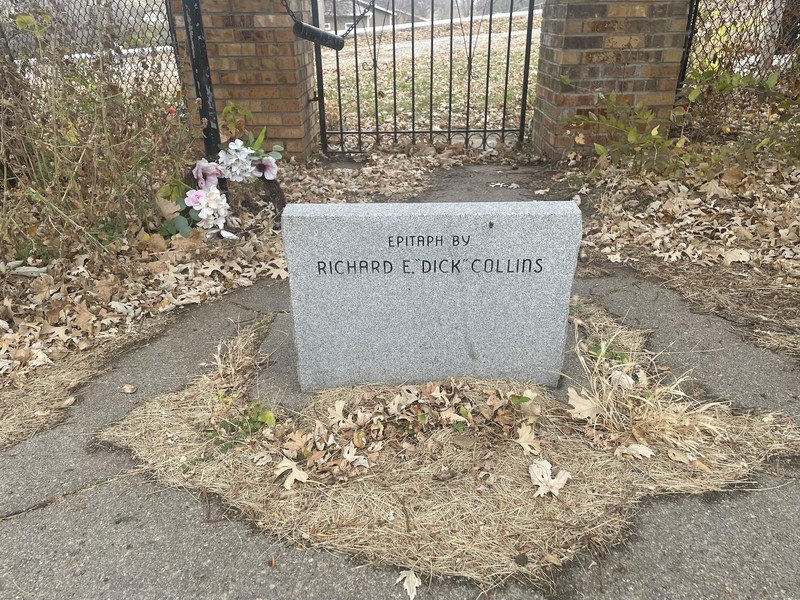
The meditation area established by the September 1986 community project.
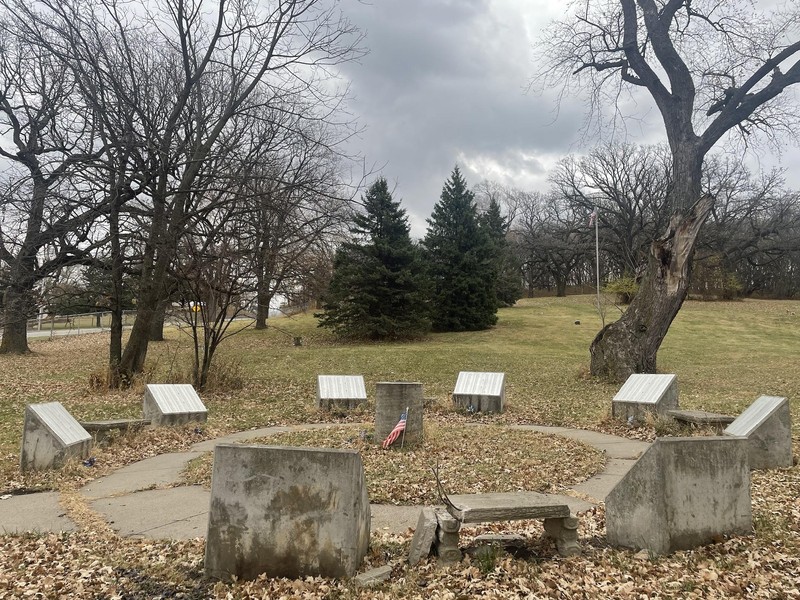
A sundial located in the center of the meditation area.
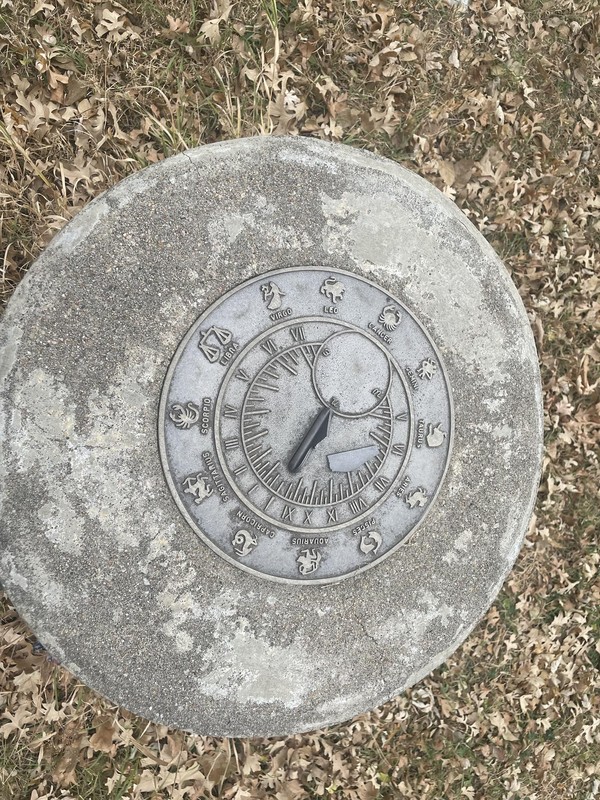
A plaque within the meditation area. It describes the history of Potter's Field, the number of lost lives within the cemetery, and the circumstances which some of the deceased were found in.
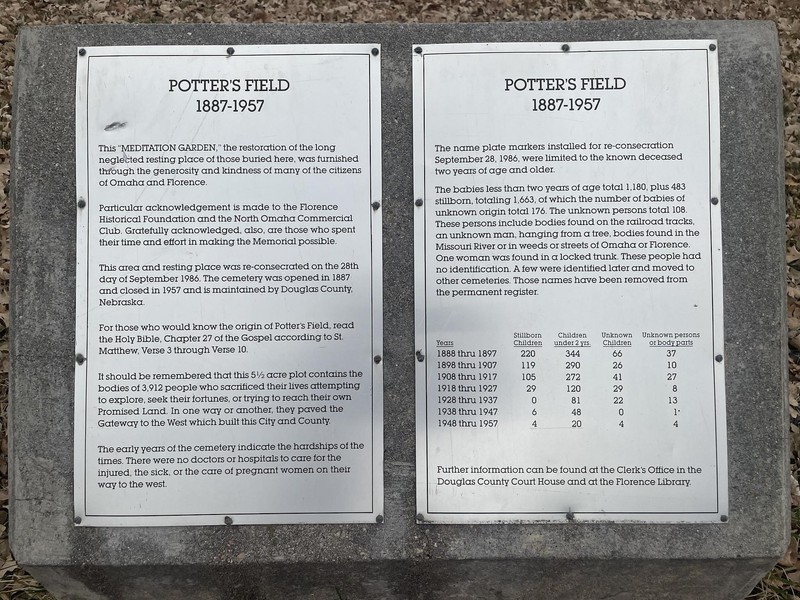
One of the several plaques listing the names of those identified, names Abbey-Burrell. Of those listed, only ten are marked with tombstones.
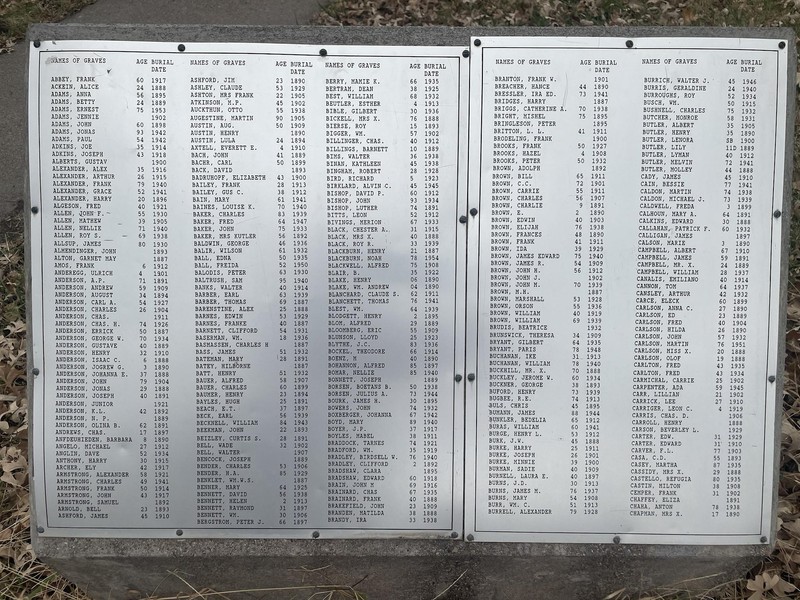
Chapman-Evans.
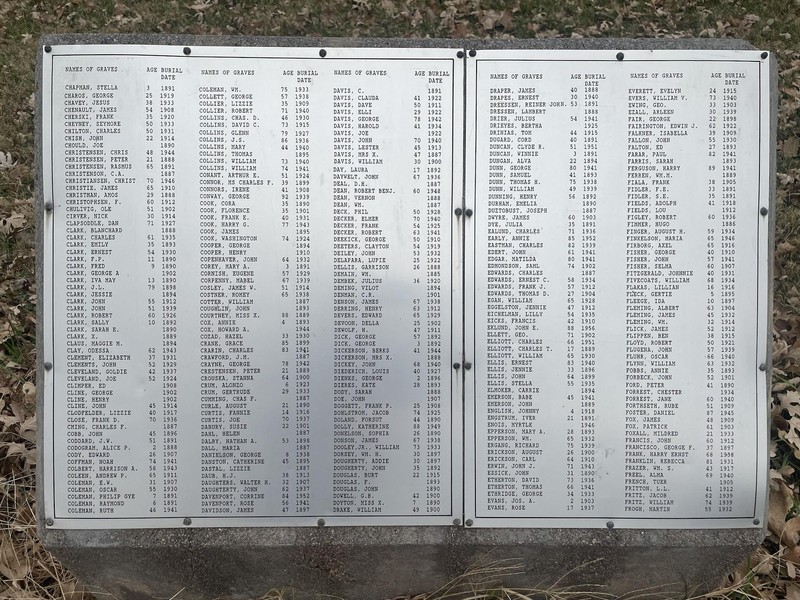
Fross-Hug.
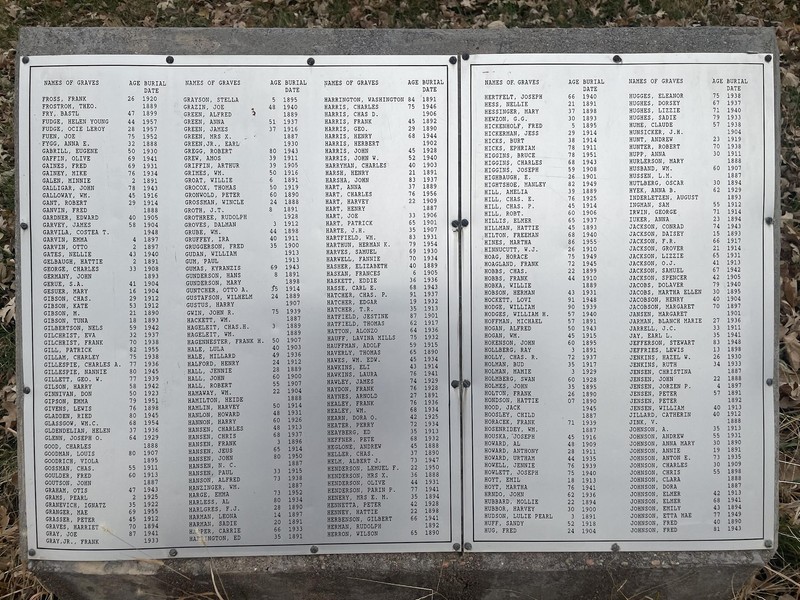
Johnson-Magvien.
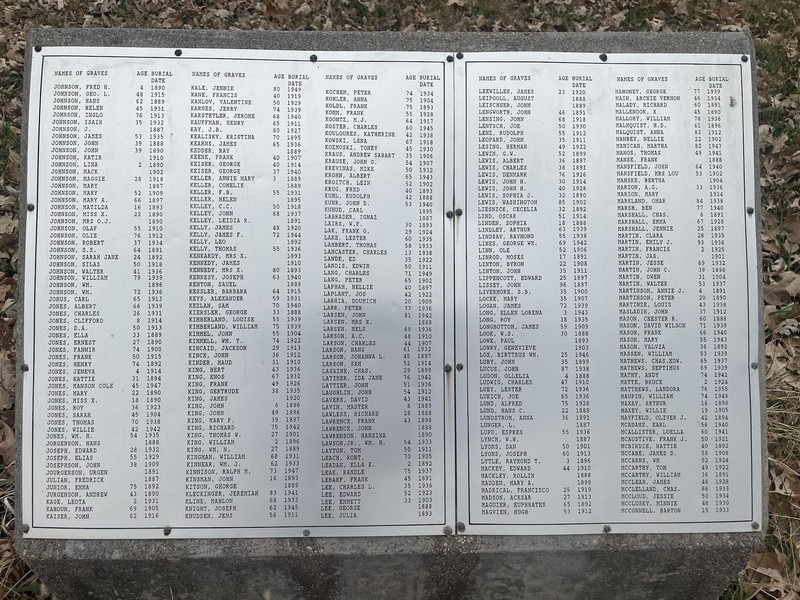
Mccord-Pennry.
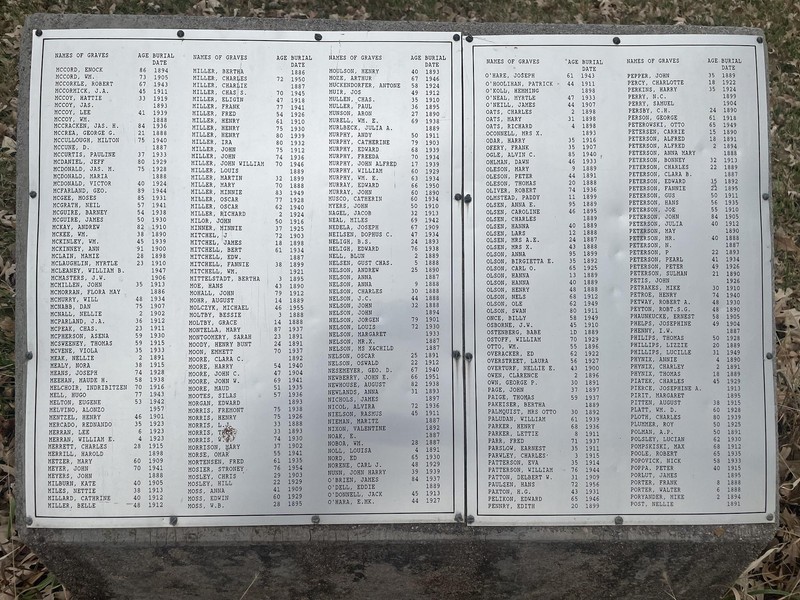
Potter-Smith.
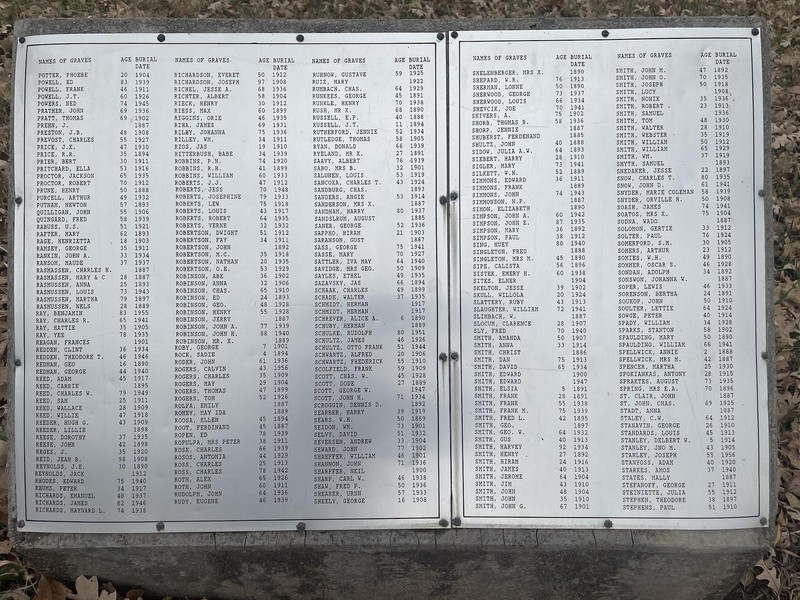
Steth-Williams.
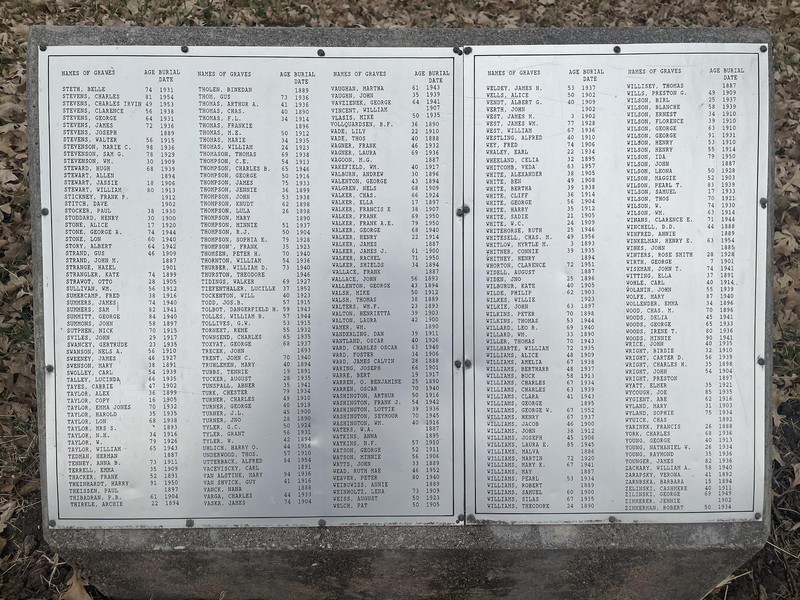
A nameless grave marker. Located near the walkway toward the entrance. Sites with a marker are decorated with combinations of flowers and pinwheels.
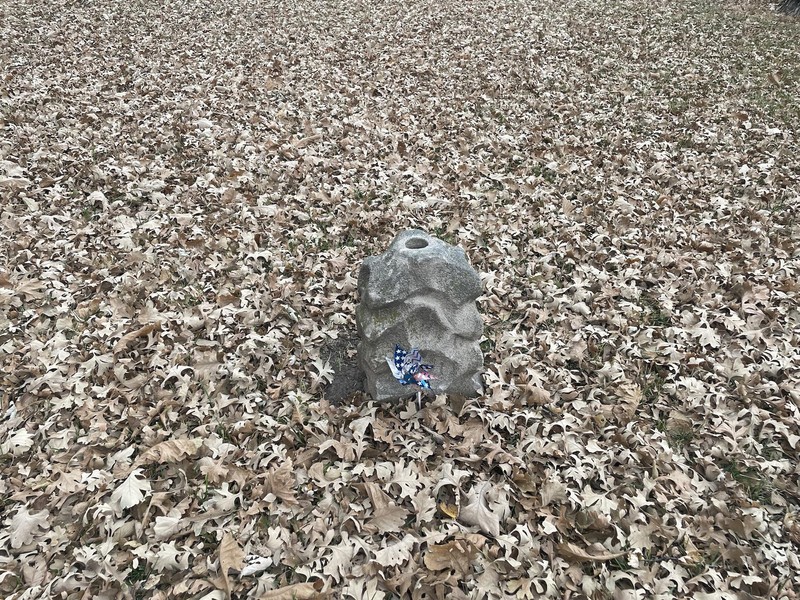
A nameless grave marker hidden among the leaves. Allegedly destroyed by vandals.
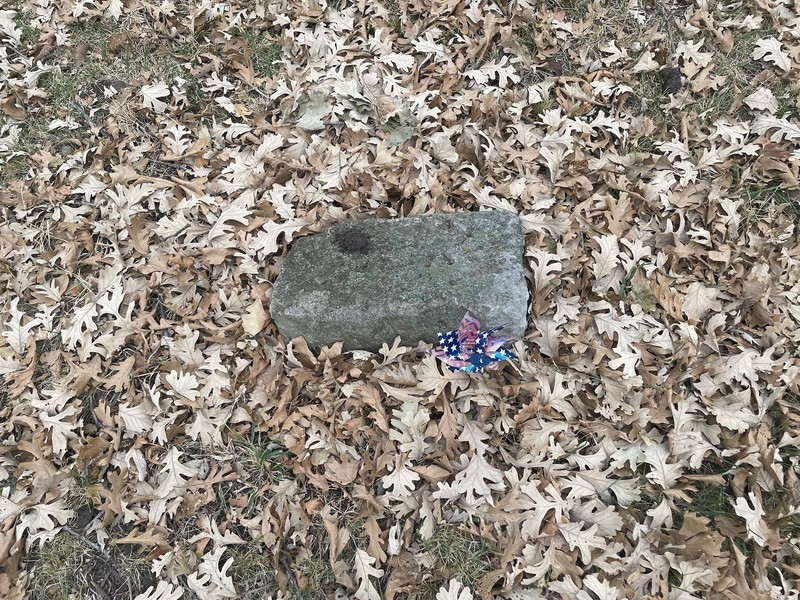
The grave marker of David Archibald Jones. One of the few well-preserved grave markers in the cemetery.
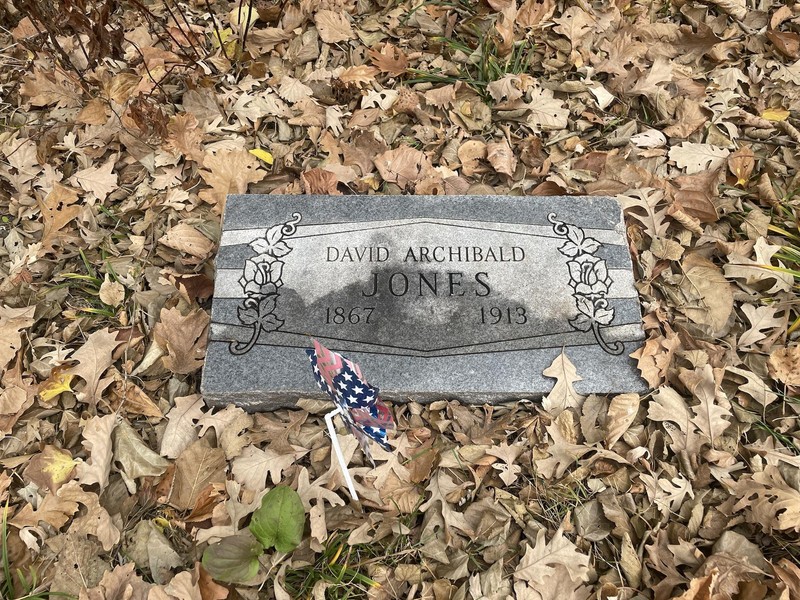
The grave marker of William 'Will" Brown, the lynching victim of the Omaha 1919 Race Riots. Donated by Californian native Chris Hebert on September 10th, 2011. Flowers, pinwheels, and a stone reading "we are not a conquered people" embellish it.
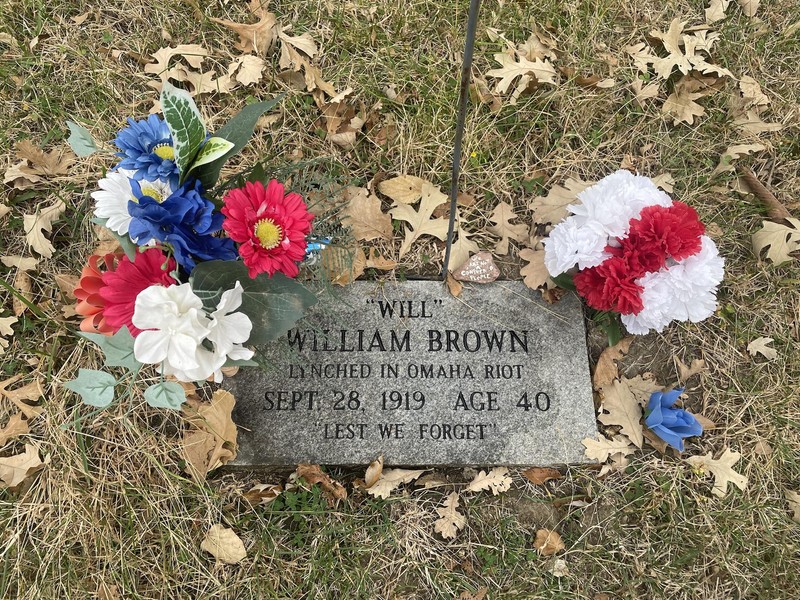
The grave marker of Stella DeLorma Chapman and John Lodewick. One of the few untouched markers with legible information.
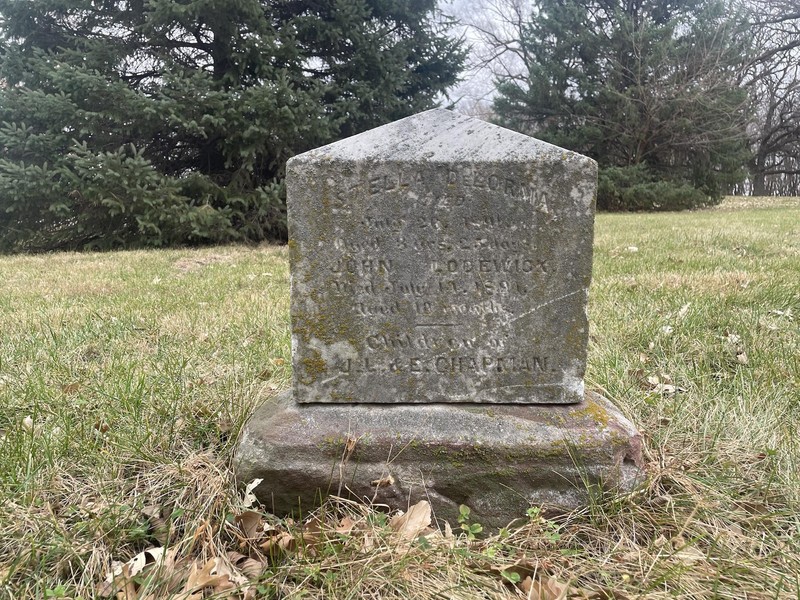
The grave marker of Samuel A. Smyth. Only the birthdate and date of death are in tact. The birthplace appears illegible.
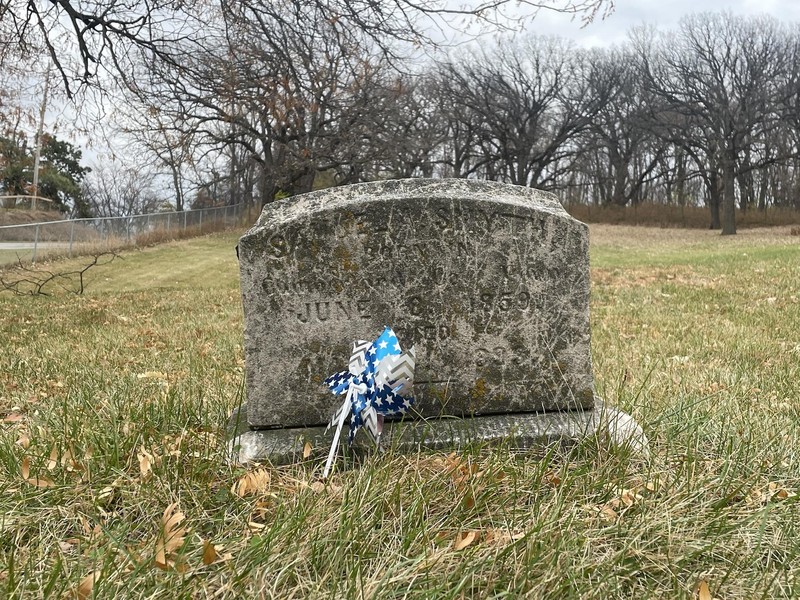
The back of Samuel A. Smyth's grave marker, simply reading "S.A. SMYTH."
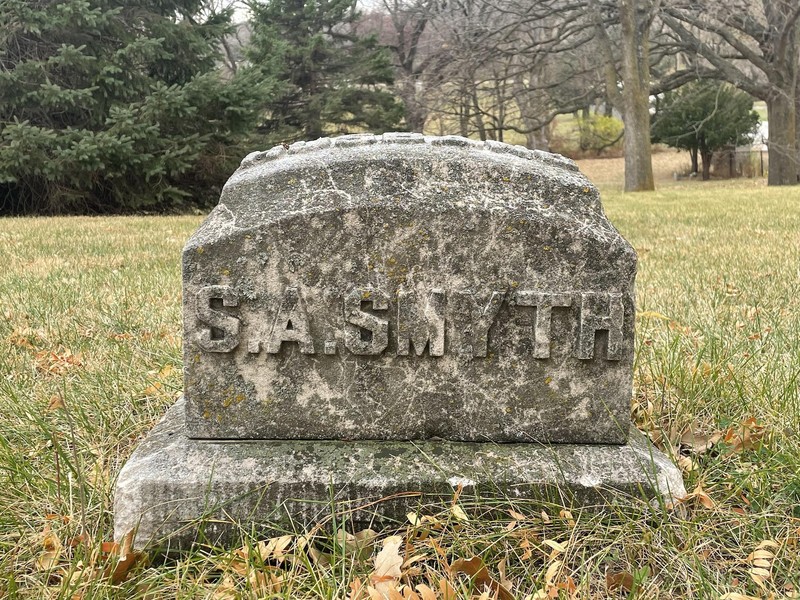
The top of Samuel A. Smyth's grave marker, reading "Husband." It is not uncommon for tombstones in potter's fields to contain little information on the deceased.
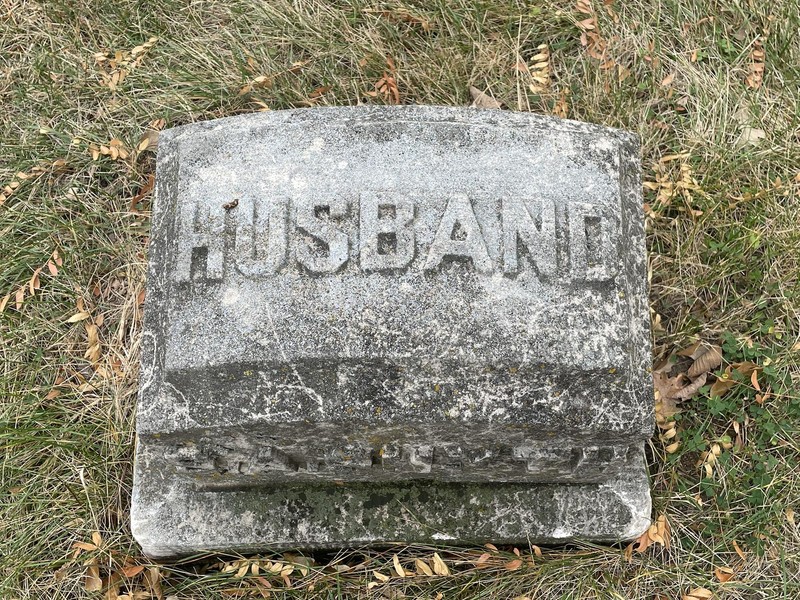
The grave marker of Henning O. Koll. One of the few well-preserved markers in the cemetery.
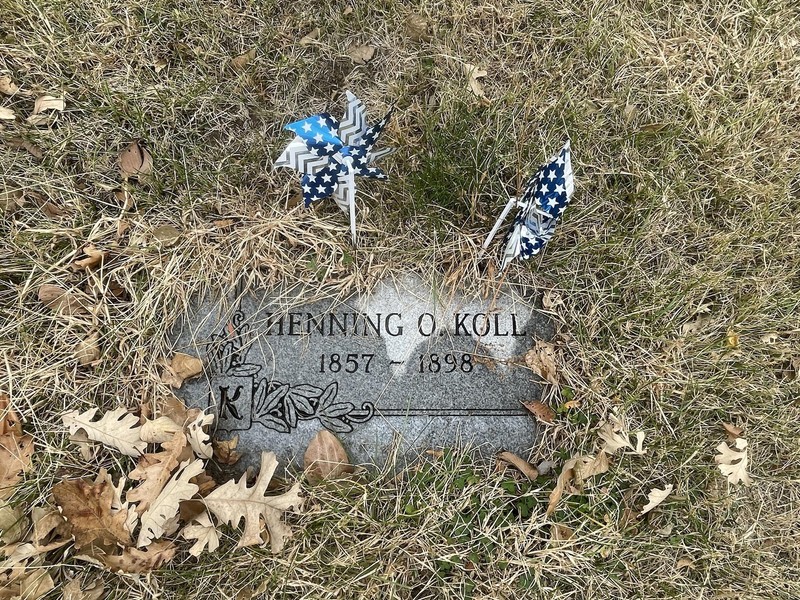
The grave marker for two girls remembered as Iva and Sadie Clark. Iva is identified in the Potter's Field name list. However, Sadie is absent.
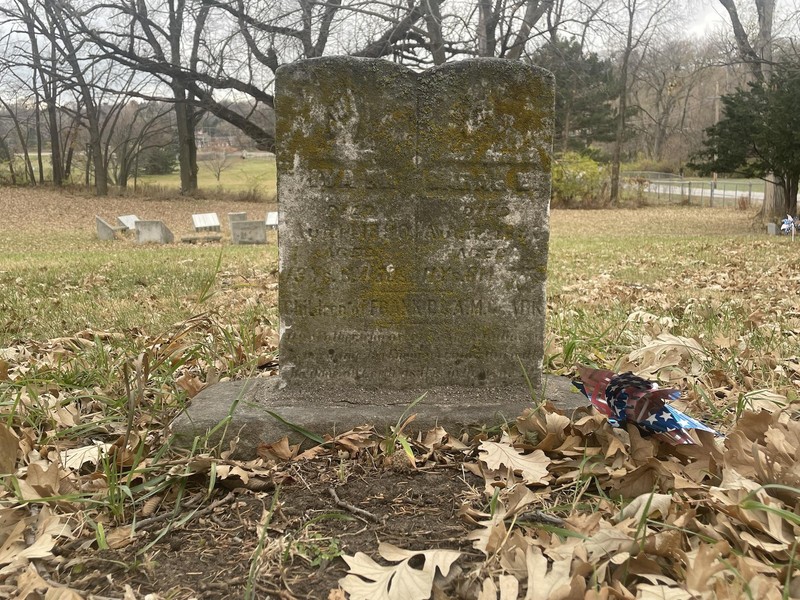
The top of Iva and Sadie Clark's grave marker. While remembered as Sadie in some sources, the name on the gravestone appears as "Saddie."
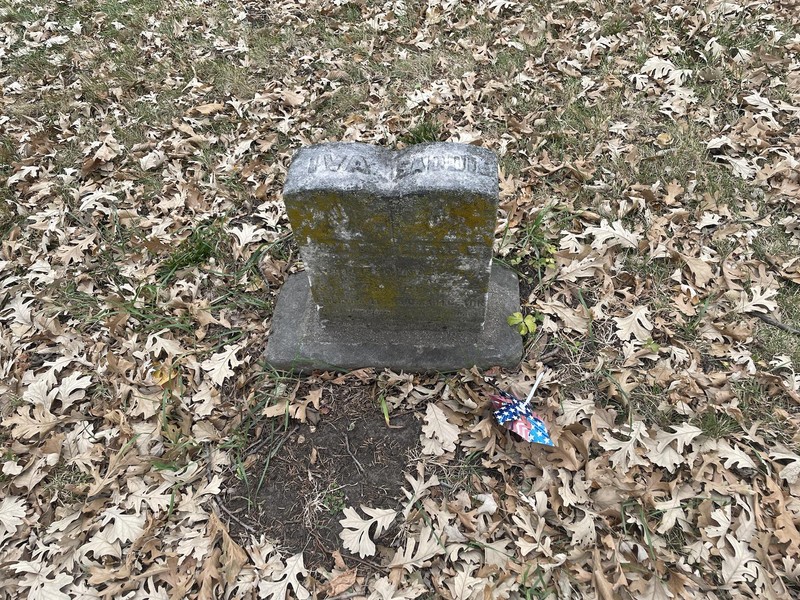
The view past the meditation area towards uphill. Two grave markers and a handful of pinwheels are located uphill.
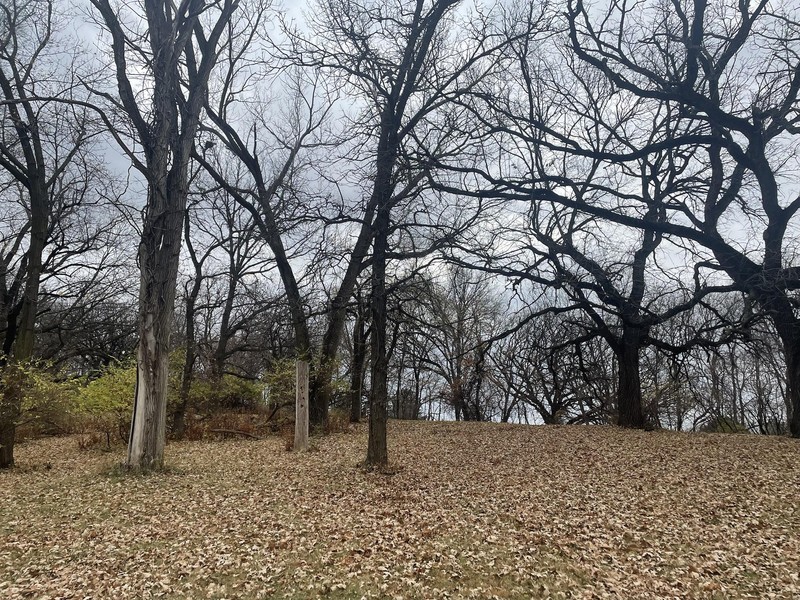
A westwards view uphill. Most grave markers are located in this region of the cemetery.
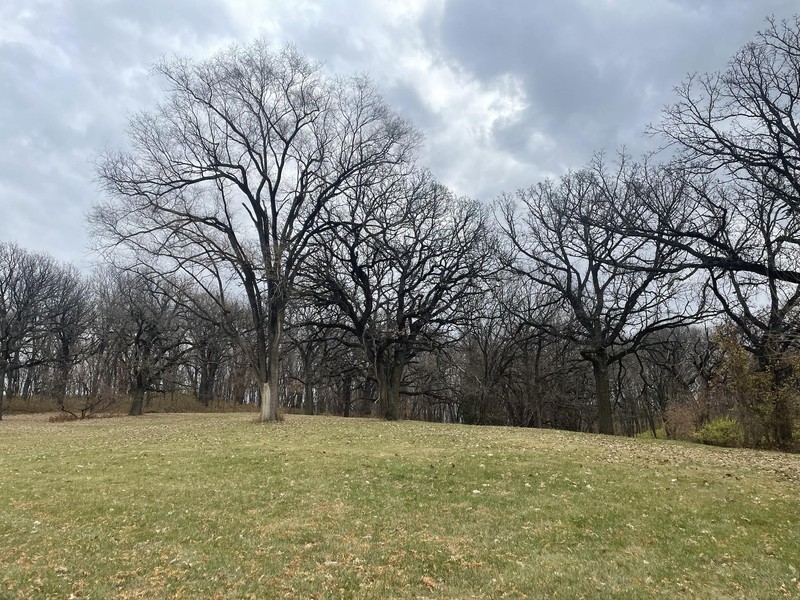
The view from uphill facing toward the entrance.
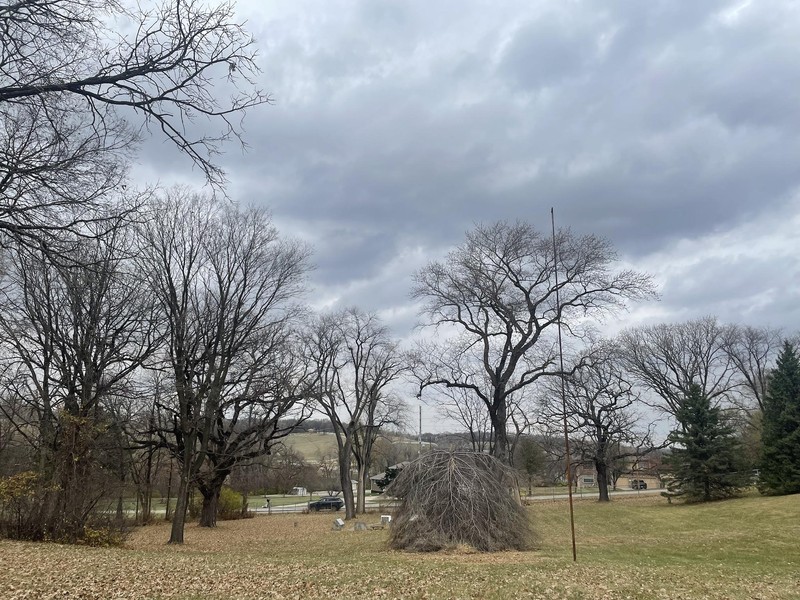
The gravestone of John D. Snow. Next to his marker is a woman by the name of Mary Bain.
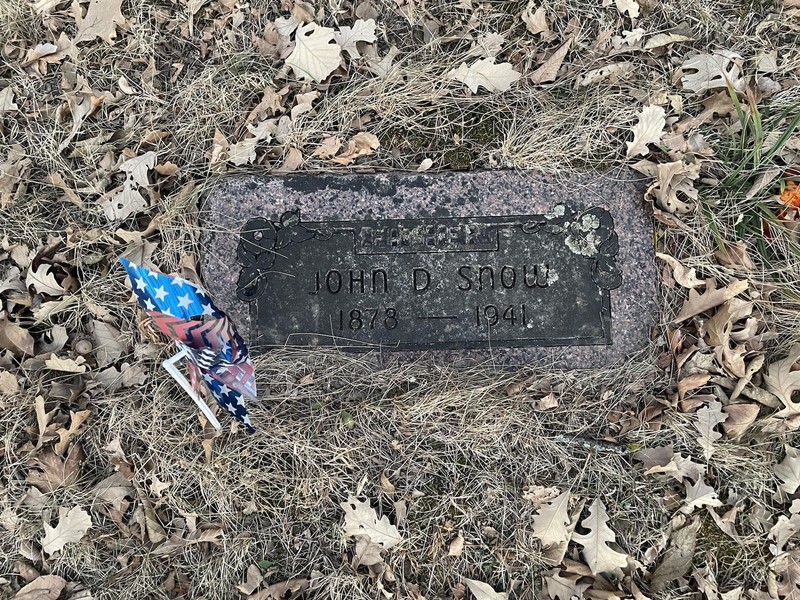
The gravestone of Mary Bain. Next to her marker is a man named John D. Snow.
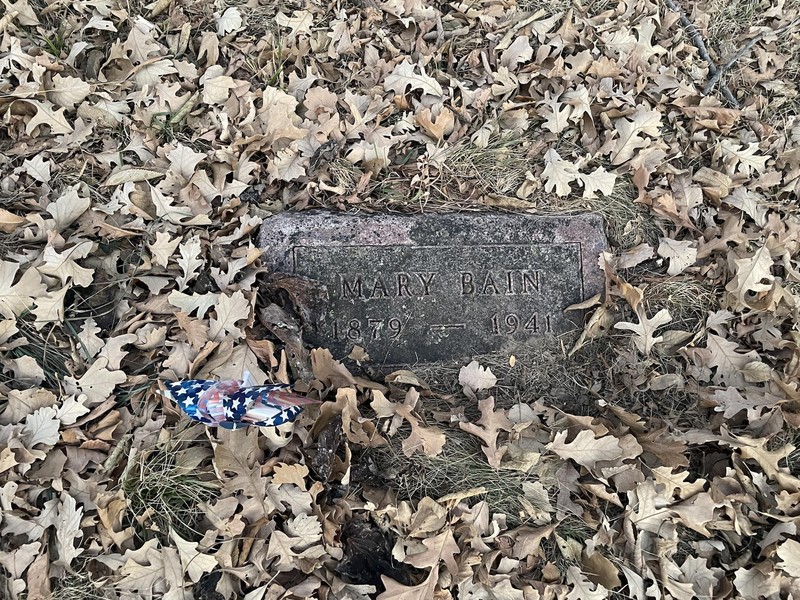
At the top of Potter's Field lies two souls named John D. Snow and Mary Bain buried next to each other.
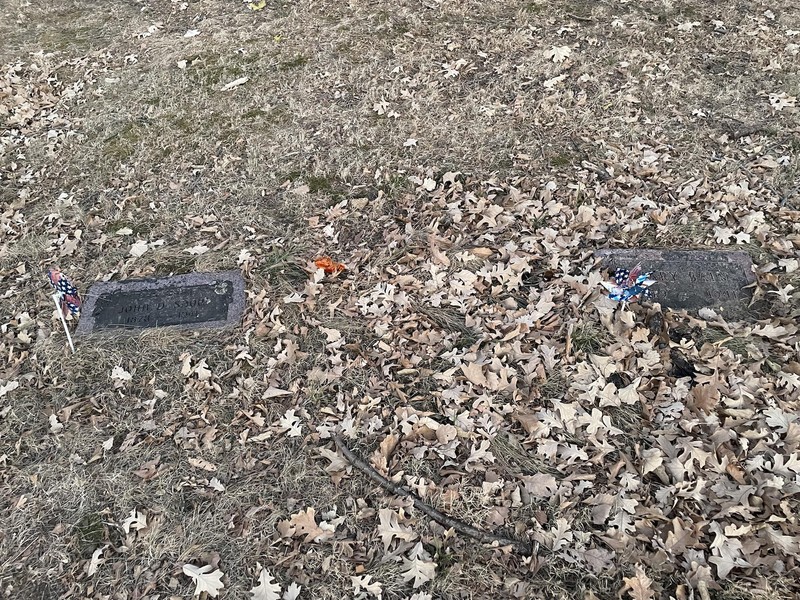
The gravestone of Mildred Douglas Foxall.
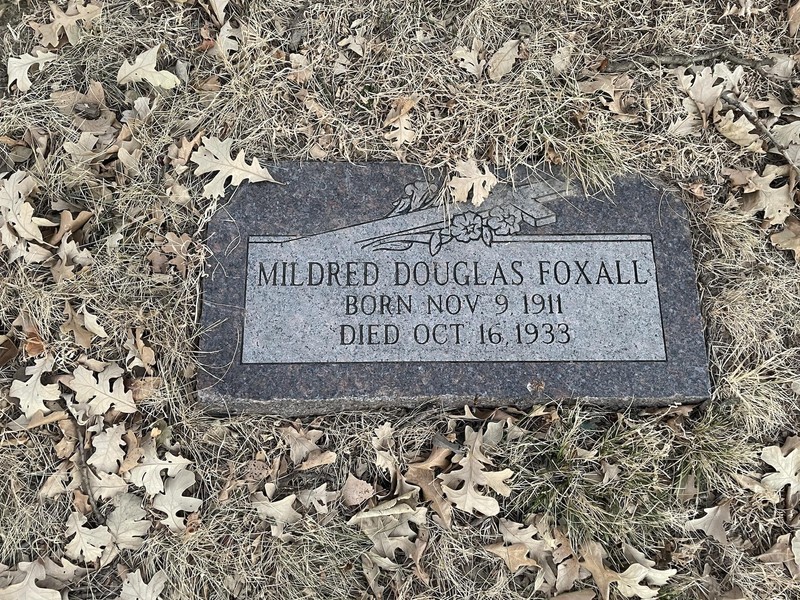
The gravestone of William Paludan.
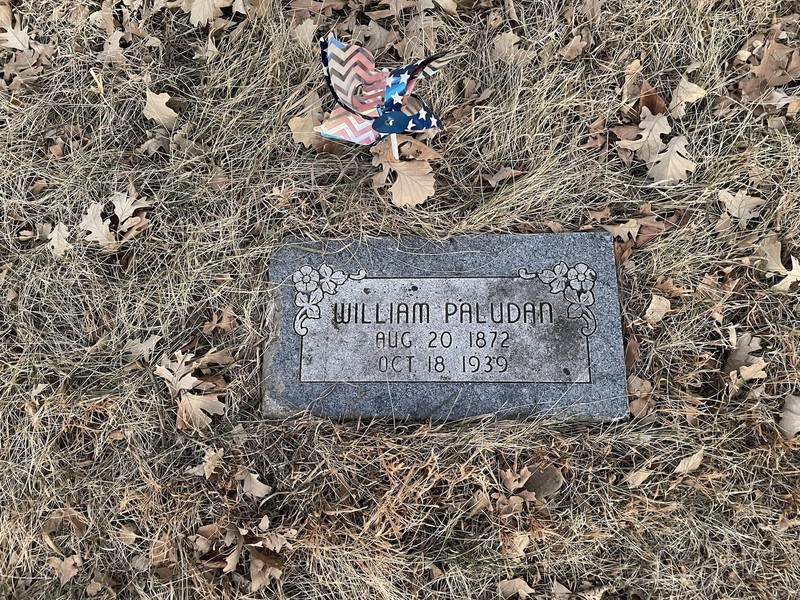
At the top of the cemetery's hills lie a handful of unmarked gravestones, including this large stone, which could very well have once contained information.
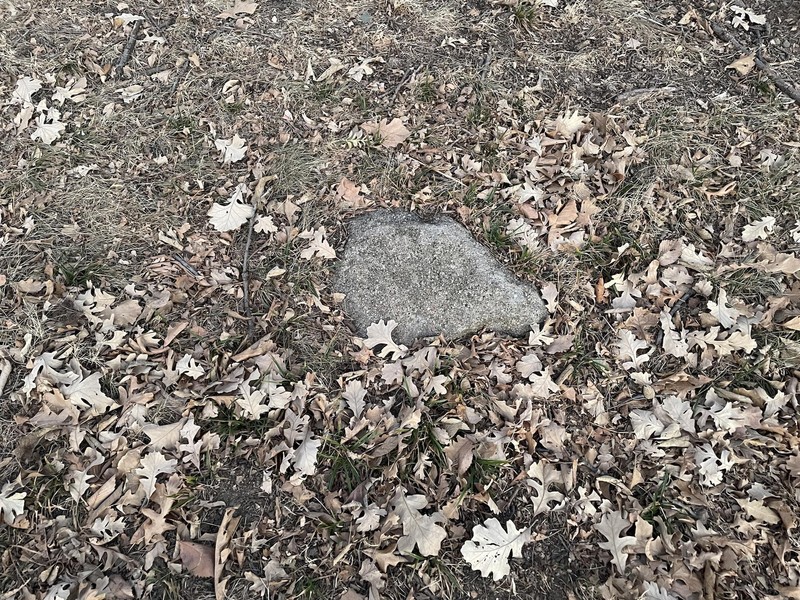
An additional unmarked stone at the cemetery's hilltop.
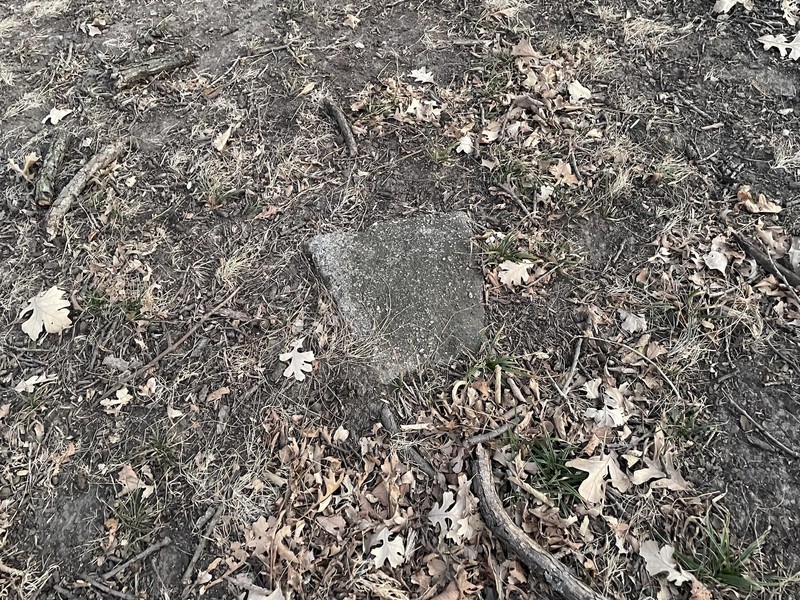
An elusive unmarked stone toward the cemetery's hilltop. Visitors may take notice of it by its pinwheel decoration.
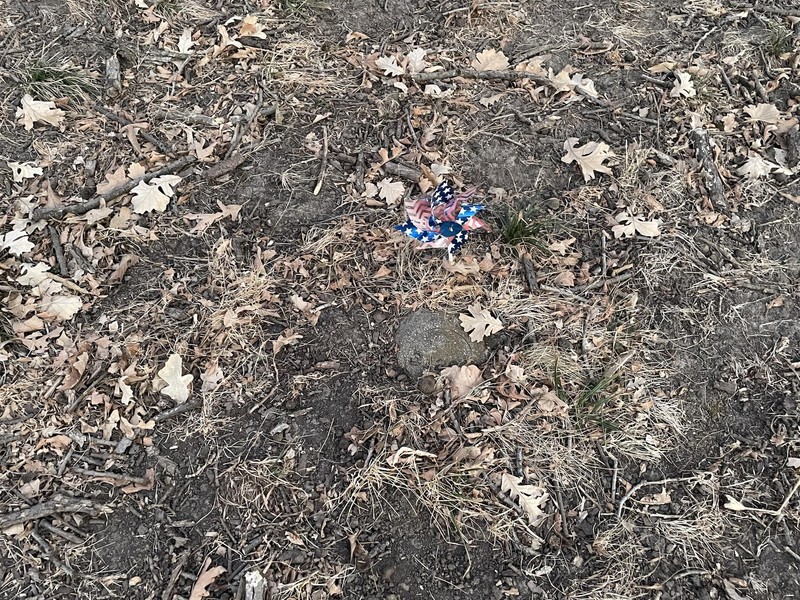
The last of the mysterious unnamed stones on the cemetery's hilltop. Quite notably the largest.
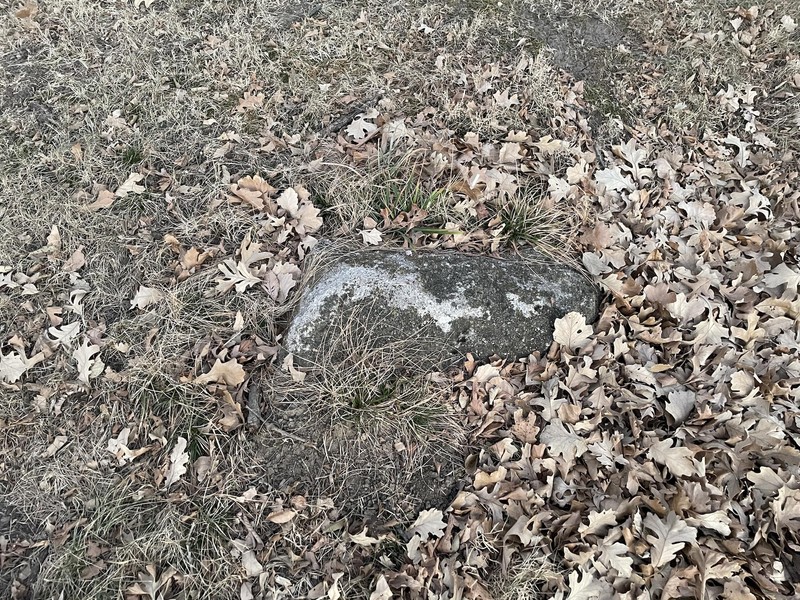
An additional pathway to the cemetery, accessible near its historical marker and leads visitors to the cemetery's hilltop.
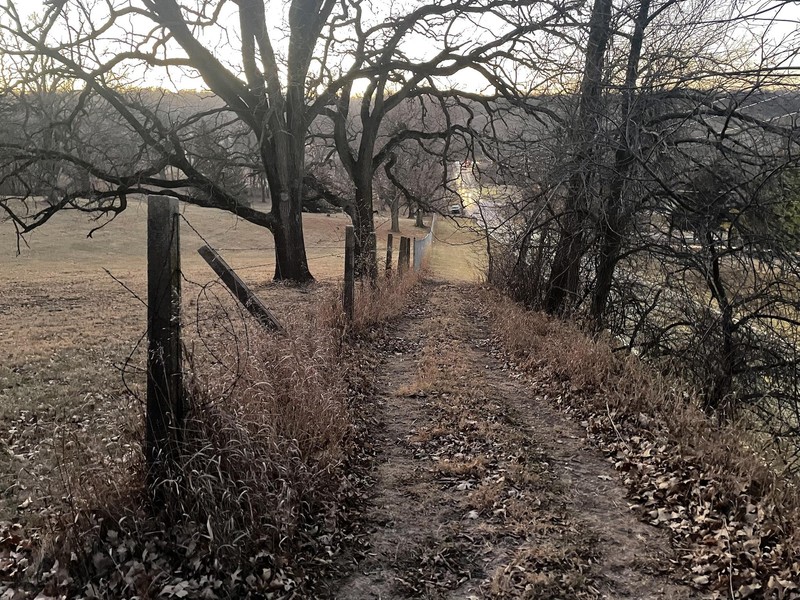
The view from the hilltop. A serene landscape in the last hours of twilight.
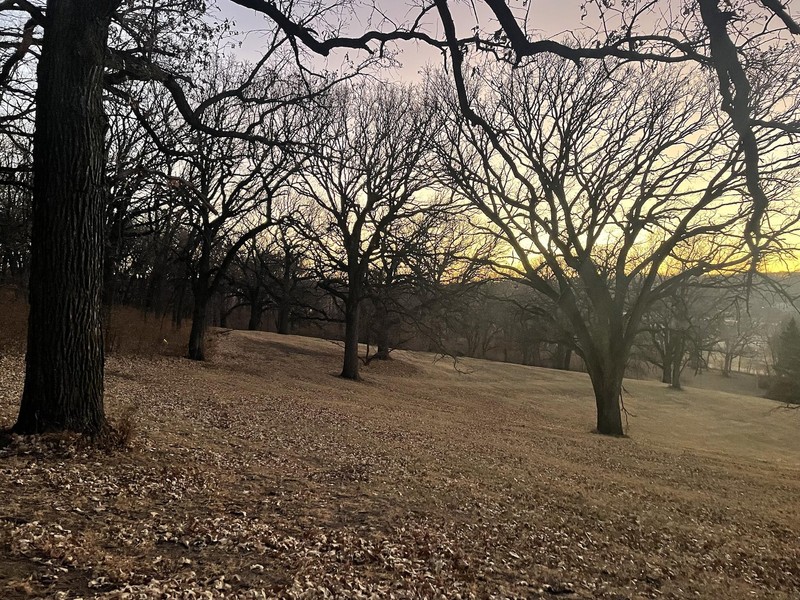
The newest tombstone as of February 2023. A once unknown man is identified as Sauer George August Jr.
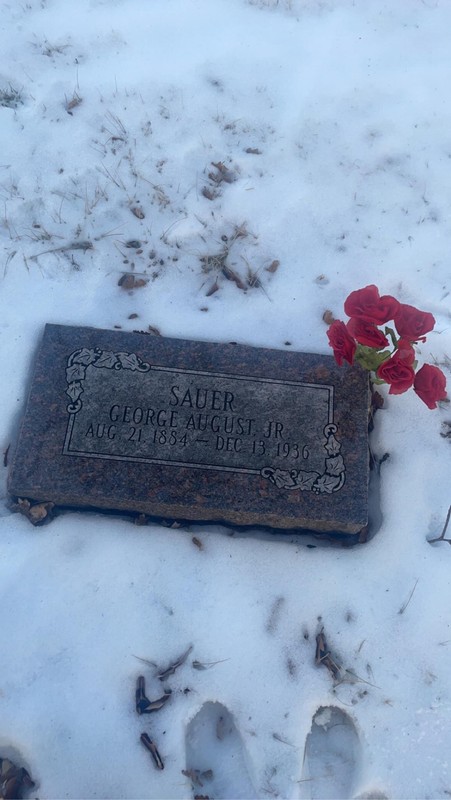
Backstory and Context
Text-to-speech Audio
Potter’s Field was founded when Douglas County purchased the five acres from Forest Lawn to use for the unknown. The property was active until 1957 when Douglas County released ownership and abandoned it. From there on burials for these people continued in ordinary cemeteries, and Potter’s Field grew dilapidated and became subject to vandalism and alleged grave robbings. Tombstones suffered desecration and today contain very little salvageable information about the interred. On September 28th of 1986 however, a community project was led by former Douglas County Sheriff Richard E. "Dick" Collins to beautify and restore the property. This project established a meditation area and walkway, as well as plaques preserving the dignity and memory of those lost in time. These plaques contain the names of the thousands of identified residents that remain unclaimed. Today, the cemetery is managed by the city of Omaha.
On September 10th, 2011, after viewing a television program on Henry Fonda, Californian-native Chris Hebert learned of William Brown’s story. He donated four-hundred fifty dollars to construct a proper headstone for Brown, the lynching victim of the Omaha Race Riots of 1919. “When I read Will Brown's story, I had tears in my eyes . . . I wanted to show there's still some decency left.”
Those unnamed rarely had respectable tomb markers. The majority of them relayed the circumstances they died of or were found in, and the descriptions were often frank and explicit. Unknown persons were often discovered on railroad tracks, hanging from trees, drifting in the Missouri river, or in the grasslands and streets of Omaha and Florence. One woman was described as unknown, but “found in a locked trunk.” Prior to 2011, William Brown’s grave simply read “‘Bullet wound through the body. Lynched’”
The thousands of unknown souls resting in this cemetery were primarily children, expecting mothers, paupers, and the generally less fortunate. As described by a marker within the cemetery’s meditation area, the Potter's Field is indicative of the hardships of early Omaha. Those sick, pregnant, and injured had no access to proper medical attention on their way to the west. Often times they lacked funds for a proper funeral, and at most were able to commission ordinary gravestones. Today, there are almost four thousand known burials in the cemetery. Of that three-thousand, 1,180 are children under the age of two, 483 are stillborn infants, 174 are infants whose origins are unknown, and 108 remain unidentified. Of these number figures, only seventeen graves remain marked today, with just eleven still containing legible information on their deceased. As of February 2023, the most recently identified's tombstone reads "Sauer George August Jr."
The term "potter's field" traces its origins to the New Testament, particularly from the Gospel of Matthew 27:1-10. Judas, the betrayer of Jesus, was anointed thirty pieces of silver currency, which Judas considered to be blood money. Subsequently, he used this money to purchase a plot of land where foreigners would be laid to rest. These lands were called "potter's fields," as these pastures were where artisan potters dug for clay for the sake of ceramics. These grounds were characterized by the multitude of burrows and deep holes left behind by potters, which were then conveniently used as burial plots for the foreign and unknown.
Sources
Adam Sasse, “Section 7: Cemeteries,” in North Omaha History, (CommonActing Publishing,
2016), 2:363-67
Anuska Dhar, “Potter’s Field Historical Marker Dedication Honors Those Laid to Rest.” Noise
Omaha, October 30, 2020.
'Chapman, D. Stella', 'Lodewick, John." (1891) Monument Inscription, Potter’s Field Cemetery, Omaha, Nebraska, USA.
Dodd, J. Thomas. "Matthew 27:9, 10." The Old and New Testament Student Vol. 13 (1891): 370-372.
Gopp, Amy. Ritualizing with the Poor: The Potter's Field Memorial Service. Liturgy, vol. 23, no. 115 - 19.
Published December 24th, 2008. Academic Search Complete.
Johnston, H. Robert. "The Biblical Potter." The Biblical Archaeologist Vol. 37 (1974): 86-106.
Max Sparber, “Lest We Forget.” Omaha Magazine, July 29, 2015.
The Omaha Daily Bee. “Charred Body of Lynched Negro Is Buried by County,” October 1,
1919, p. 3
1700-1820: Potter's Fields, Pennsylvania Historical & Museum Commission. August 26th, 2015. Accessed November 5th, 2022. http://www.phmc.state.pa.us/portal/communities/cemetery-preservation/development/1700-1820.html.
